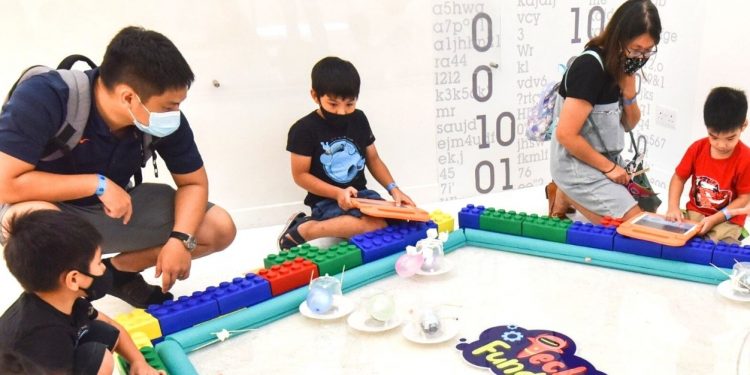The 2020 3M State of Science Index found that while a vast majority of Singaporeans acknowledge the importance of STEM (Science, Technology, Engineering, Mathematics) education, about one in five students are still discouraged from pursuing such subjects in school. Of these, 40 per cent reported being told they are “not smart enough” as the main deterrent. But is STEM education just about competence? TheHomeGround Asia speaks with representatives from 3M and Science Centre Singapore to understand the importance of STEM education, and how it can be made more relatable and accessible to all.
Pang Hoke Woei grew up in an age of invention and ingenuity – the creation of colour television, personal computers, and numerous other inventions. For him, exposure to STEM (Science, Technology, Engineering, Mathematics) did not arise from a textbook. Instead, he saw it in the various inventions in his childhood.
This gave him a first hand glimpse into the wonders of science and mathematics, allowing him to “see and understand how things are made and explore what science can do.”
Meanwhile, Larry Peter Lo’s curiosity for the sciences was piqued not through technology but the outdoors. As a child, he was a boy scout and time spent in nature helped develop his interest in the subject. Struggling with subjects requiring rote memorisation in school, Mr Lo instead found joy in discovering the “how and why” of the world around him, something which science allowed him to do.
Growing up in a time when electronics were not the norm, Mr Lo had to find his own forms of entertainment, and he did so through tinkering – creating do-it-yourself (DIY) toys through trial and error that eventually informed his passion for STEM.
“[I used to make] Wau Bulan, a kite made using bamboo and paper sheets,” he recalls. “My cousins and I would compete to make the largest and most unique Wau Bulan that could fly the highest and longest. While it seems like just another toy we made, it was a fun way to gain some understanding of aerodynamics, or the science of flight.”
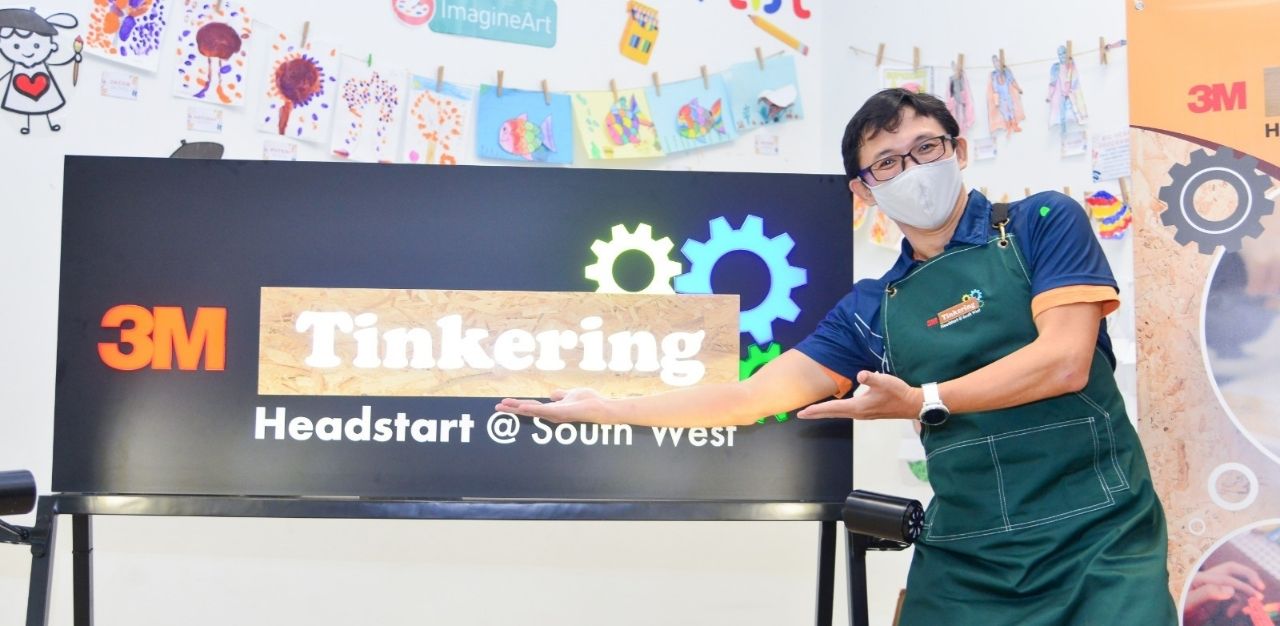
Both Messrs Pang and Lo carried their love for the subject through their childhood, and into their careers. Today, the former is a Senior Manager in 3M’s Manufacturing and Supply Chain division within the Asia-Pacific, while the latter is an Application Specialist with the organisation’s Industrial Adhesives and Tapes Division.
But the buck does not stop with them, for they are both also active volunteers in the 3M Science Outreach Program, channelling their own love for STEM into volunteering, and inculcating this same passion in future generations, and beyond.
The importance of STEM education
“The world we live in today is the consequence of efforts in STEM from the people who have come before us,” says Mr Pang, “It can be used to make amazing things, and enables humanity to live their lives to the fullest.”
Colleague and fellow volunteer Mr Lo agrees: “When we apply STEM the right way, we make life easier, better and more complete.”
It seems that a majority of Singaporeans concur, with 78 per cent of local respondents from the 3M State of Science Index agreeing that science is important in their everyday lives.
Indeed, STEM has played a pivotal role not only in our day-to-day lives, through inventions like mobile phones, televisions, and computers, but also during times of crisis, such as the current Covid-19 pandemic.
“Many of the solutions or containment [of Covid-19] are born from STEM,” explains Mr Pang.
This is re-iterated by Lim Tit Meng, the Chief Executive of Science Centre Singapore (SCS): “While the rest of the world experienced a standstill, discoveries and innovations in STEM continued by leaps and bounds to help safeguard and improve lives. From safety scanners to home edutainment systems, STEM skills have effectively empowered the progress of society when everything else hits the pause button.”
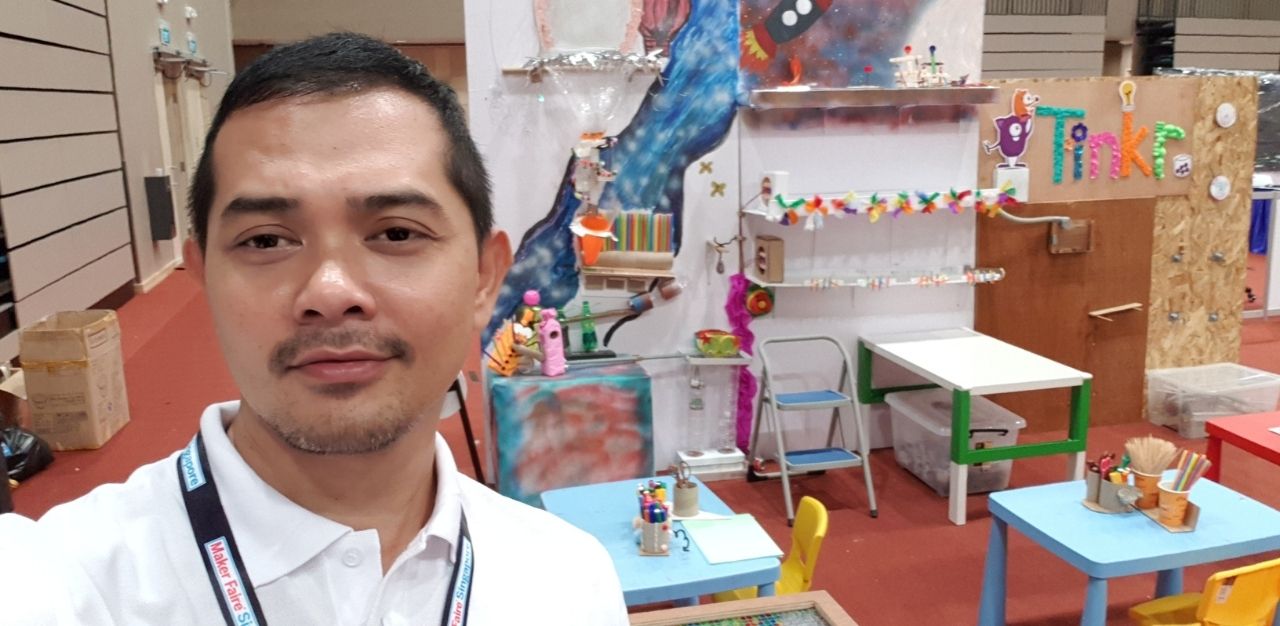
Beyond real-world implications, STEM education continues to serve a crucial role in inspiring creativity and curiosity in children: “STEM knowledge strengthens our problem-solving capabilities…it teaches critical thinking, and instils a passion for innovation,” says Shahrudin Kasmuri, Senior Science Educator at SCS.
Associate Professor Lim adds, “Learning STEM disciplines also instils life skills from a young age, such as figuring out their own formula to finding solutions for problems big and small.”
But while the interviewees acknowledge that STEM education is important, they also recognise the shortcomings of STEM education in Singapore today.
Debunking myths: STEM subjects as difficult and dry
Associate Professor Lim acknowledges the tendency for STEM to be seen as a “hard subject for the general population to understand and master”, reflecting the results from 3M’s study which suggests students need to be of a certain academic aptitude before being encouraged to pursue the sciences.
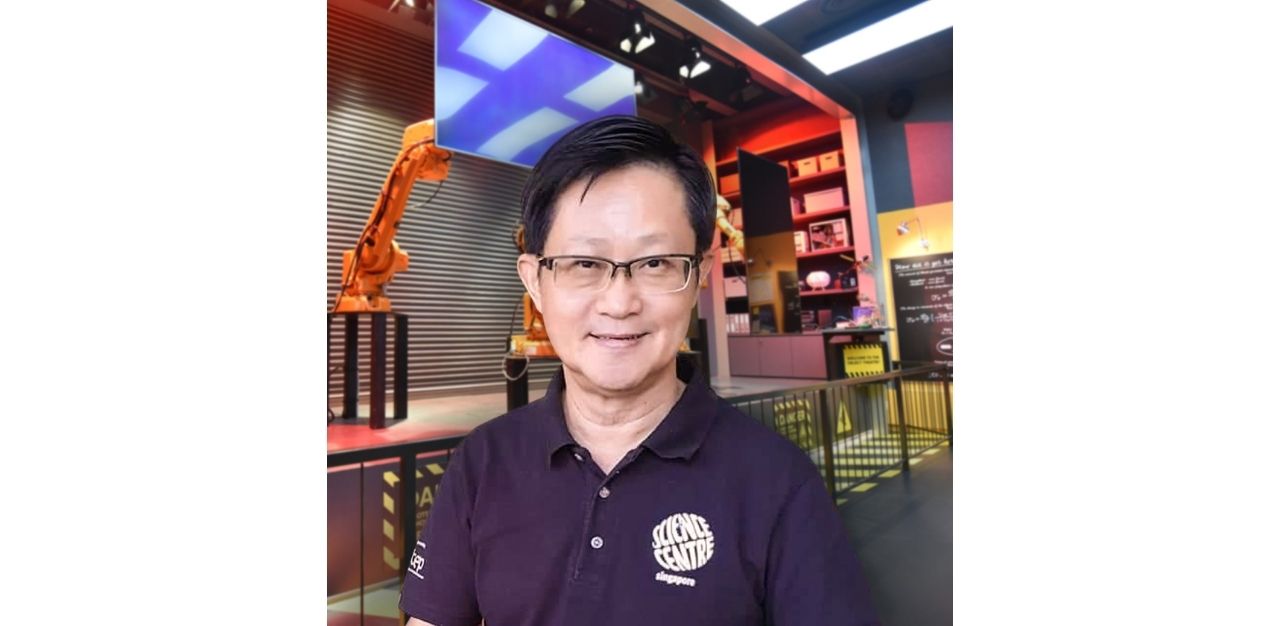
Within school curriculums in particular, Associate Professor Lim points out that STEM-related examinations can be a “daunting challenge” as they come with “technical jargons and abstract formulae.”
“People often associate the learning of science principles with sterile labs, which inadvertently gives it a boring reputation,” he says.
Mr Pang agrees: “Science and math are often viewed as ‘dry’ and ‘tough’ subjects, because they are rooted in principles, theories, and facts.”
But, he adds that “it is the telling of the story that often makes the difference.” Hence, while facts and figures are important, ultimately it is how these are applied in various ways that solve real-world needs.
“The truth is, science is everywhere,” Associate Professor Lim emphasises. “It is in the clouds in the sky, the grass under our feet, the toaster that we use to make our favourite sandwiches, and even in the whisking of an egg.”
He explains further, “When parents and educators are able to demonstrate a natural correlation between hard-to-learn principles and everyday activities, that’s where understanding can be cultivated, which in turn gives rise to interest.”
Making STEM education relatable and fun
Driven by their love for STEM, Messrs Pang and Lo, as well as Associate Professor Lim are on a mission to inculcate this same passion in their kids, and others around them.
“Education through play, exploration, and experimentation is a good way to pique the curiosity and creativity of young children in school,” Mr Pang suggests.
He takes his own advice to heart, often engaging his children in STEM subjects by using creative means to explain concepts, and bringing them on science field trips to the Science Centre or nature parks to understand how science works in their everyday lives.
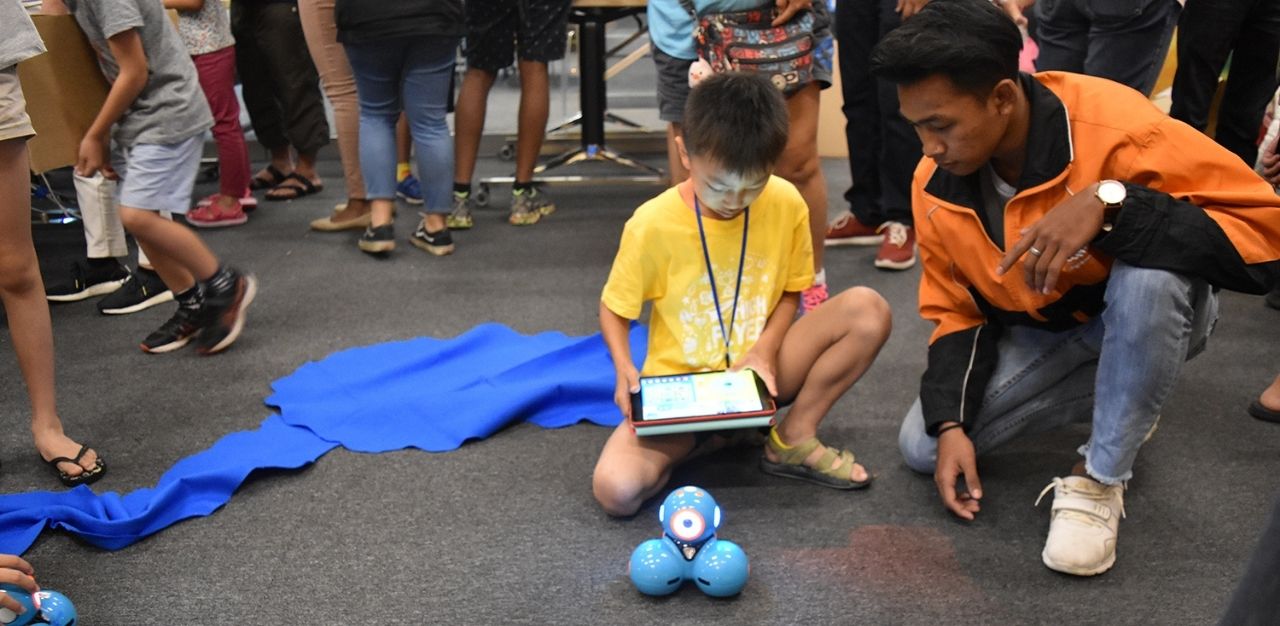
Meanwhile, Mr Lo continues to pass on learnings from his childhood by engaging his children through tinkering and DIY activities at home; to great success, as all three of his children love science.
Associate Professor Lim and his wife took things one step further with their children, creating a Kids Club with a group of friends, where their children gather almost every weekend, to play and learn through hands-on experiences. Over the course of a decade, the club has covered various topics relating to STEM, the arts and humanities.
While developing a love for STEM at home is important, organisations and institutions can also play a part.
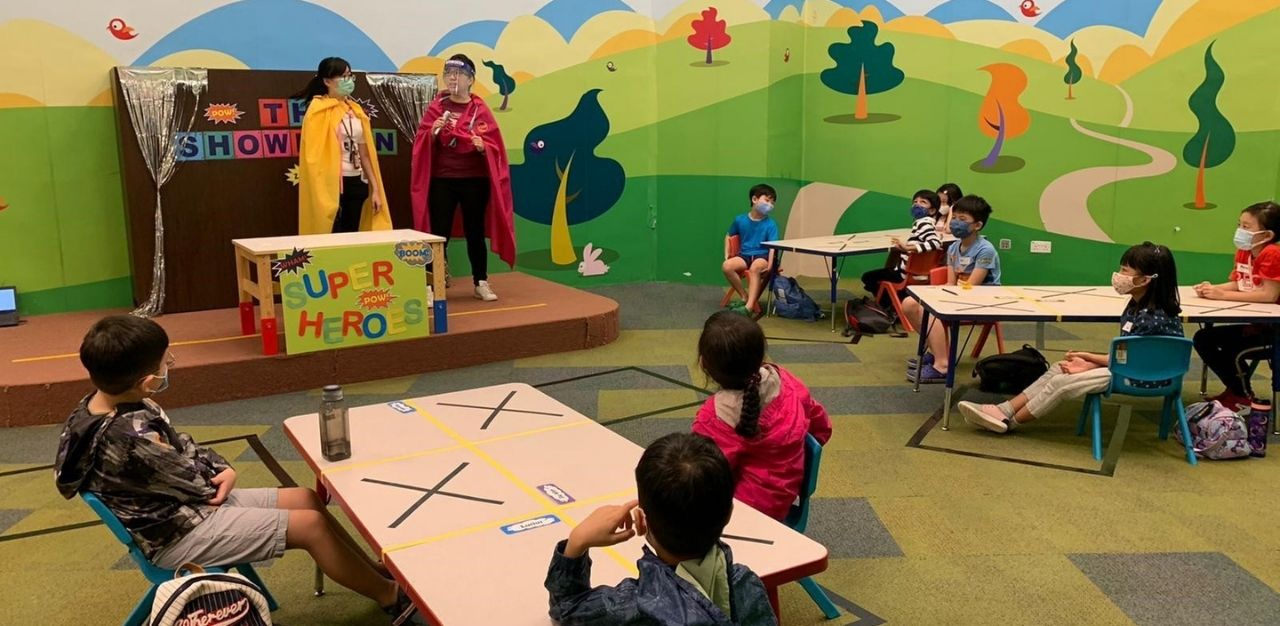
Today, the Kids Club has transformed into KidsSTOP™, the first children-centred science centre in Singapore, where children from all walks of life can learn through purposeful play.
Associate Professor Lim also continues to lead initiatives to develop interest in STEM within SCS, such as through the I Am A Young Scientist programme. Here, families are encouraged to expose children to science through everyday activities, such as baking a cake to understand how raising agents work, or watching a movie on cloning to explore its ethical conundrums.
“These activities serve to promote curiosity and encourage children to ask questions,” he says. “As they do this, they discover that science is always present around them.”
Schools, too, have a role to play, as essential building blocks in a child’s education. Taking inspiration from 3M’s own work ethics, Mr Lo suggests that students have free periods in school for open ideation and exploration.
“Students can visit open-door workshops to build and test out concepts,” he recommends. “This will allow [them] to exercise their creativity with science, hone their hands-on skills, learn through experience, build self-confidence, and develop a life-long passion for STEM.”
The future of STEM
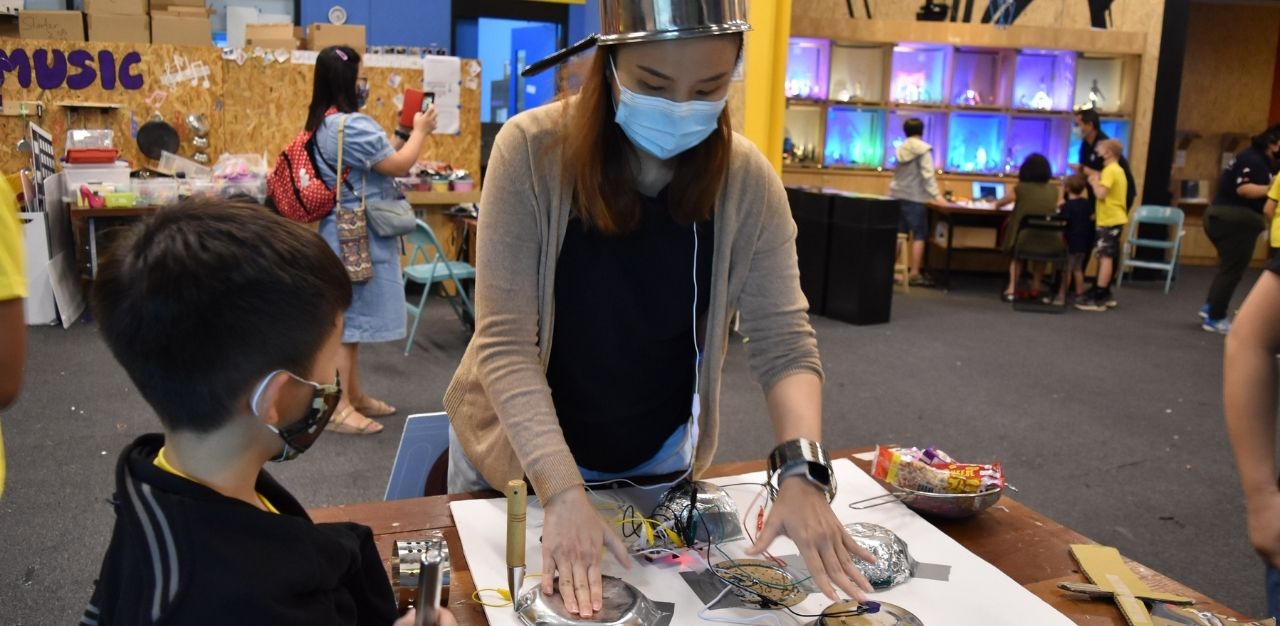
Ultimately, it is Mr Lo’s hope that science will become an interest not limited to the younger generation’s education or career but an integral part of their lives.
He says, “My hope is that they will continue to feed their inquisitive nature with STEM knowledge to solve everyday challenges, help those in need, pass this passion down to the younger generation, and make the world a better place for many generations to come.”
Mr Pang, on the other hand, hopes to see STEM education continue to become more accessible for all parties, regardless of gender.
The father to a daughter is keenly aware of the hurdles women face: “It can be intimidating when someone is the only girl in a robotics/coding class, or when science toys are geared towards boys… I hope that the future generation will not be barred by gender stereotypes and can engage in STEM based on their natural inclination and strengths,” he implores.
“I hope that [future generations] will keep asking themselves the same question, ‘Have you MET science?’” Associate Professor Lim underscores, alluding to the term ‘STEM’ being read in reverse (METS).
“If you have been meeting science regularly, may I encourage you to keep promoting science for world peace and development, especially using the power of STEM towards achieving the United Nation Sustainable Development Goals,” he adds. “And if you’ve not MET science lately, why not reconnect with your natural curiosity and start asking questions about the world?”
Meet science at home this mid-year break
With the nation still in a state of phase 2 (heightened alert), and the mid-year June holidays at our doorsteps, why not engage your children in STEM activities to ensure continued learning while still having fun?
Interested parents can check out 3M’s Science at Home page for easy DIY science experiments that can be carried out at home, or visit the Science Centre’s page for upcoming activities and workshops.
Join the conversations on TheHomeGround Asia’s Facebook and Instagram, and get the latest updates via Telegram.



